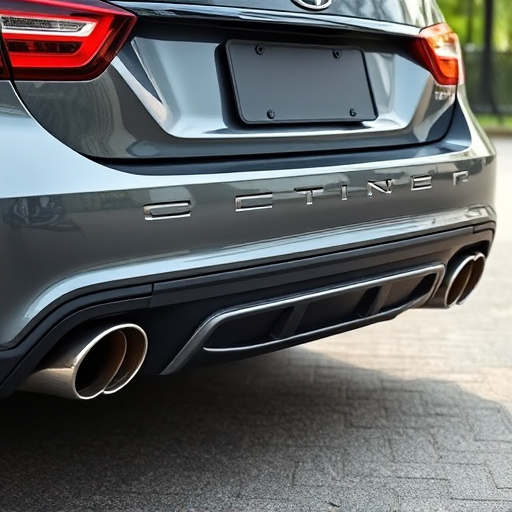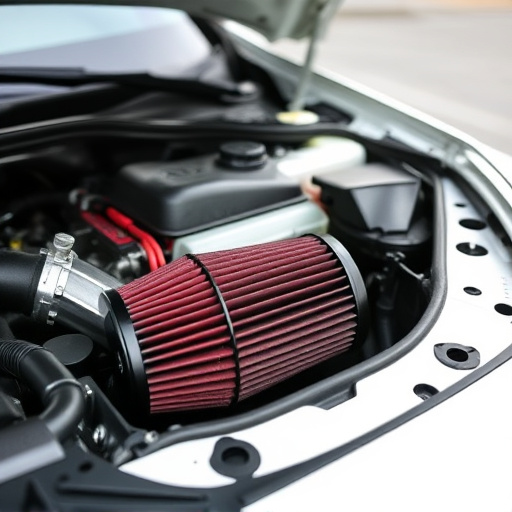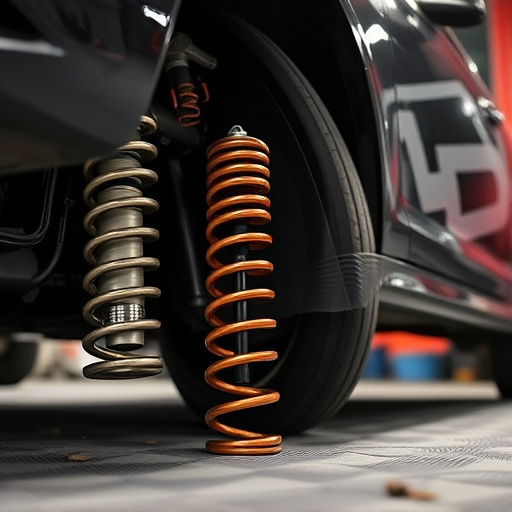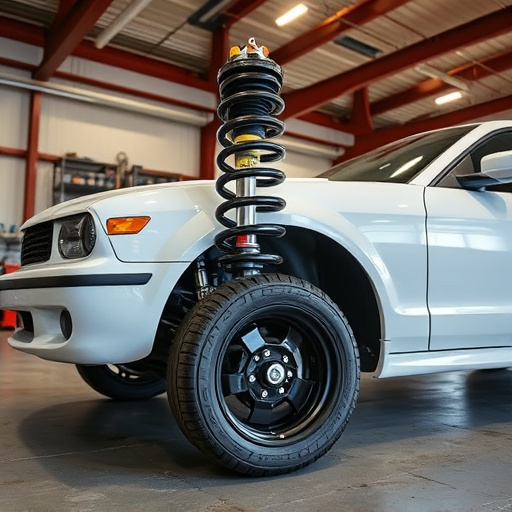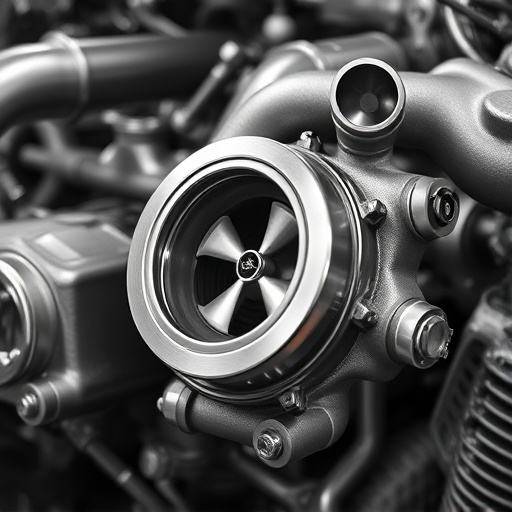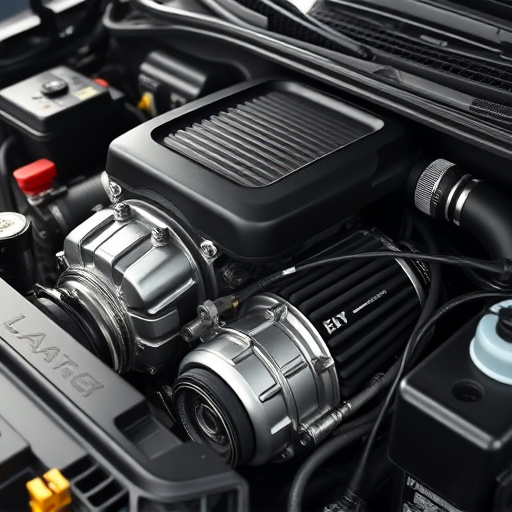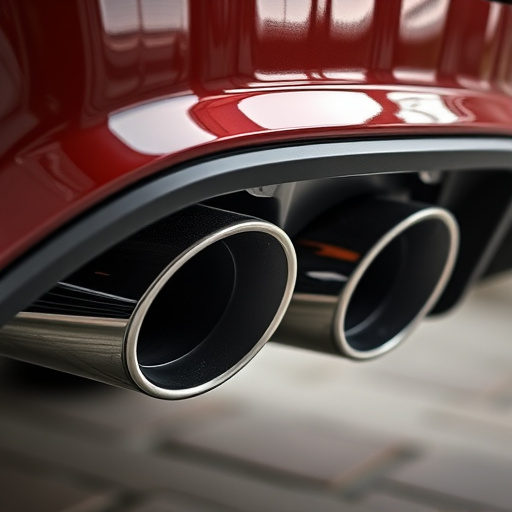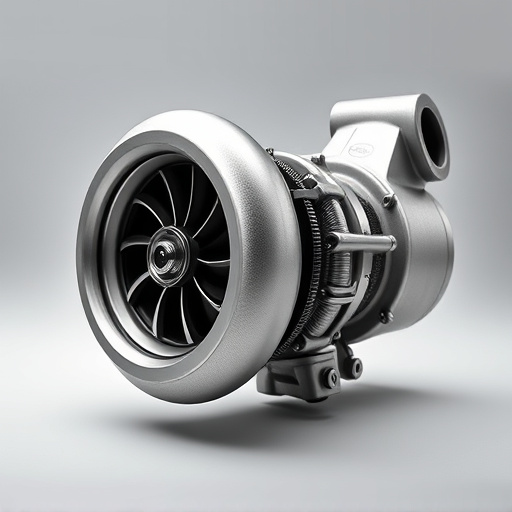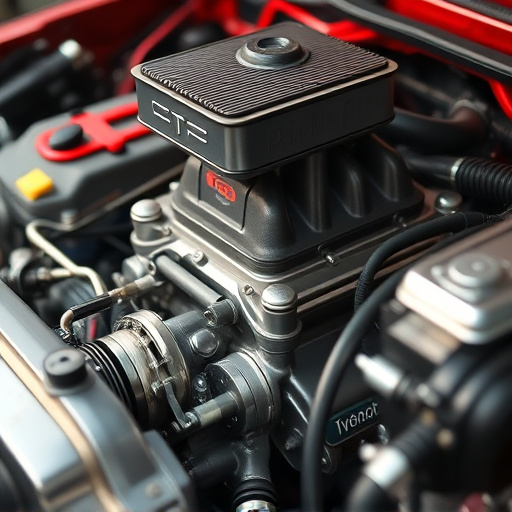Before replacing brake pads and rotors, assemble a toolkit with vehicle-specific parts, safety gear (gloves, eye protection), jack stands, wrenches, screwdrivers, torque wrench, and spares for unexpected repairs. Securely lift the vehicle using a jack and stand, engage parking brake, chock tires, inspect rotors for damage, then follow a guide to install new pads and rotors, ensuring proper alignment and fastening for enhanced braking performance and safety.
Looking to upgrade your vehicle’s stopping power? Installing new brake pads and rotors can significantly improve safety and performance. This step-by-step guide walks you through the process, from gathering the right tools and parts to ensuring a secure and level work area. Learn how to safely jack up your car, replace worn components, and restore control with fresh brake pads and rotors.
- Gather Necessary Tools and Parts for Brake Replacement
- Safely Jack Up and Secure the Vehicle
- Install New Brake Pads and Rotors Step-by-Step
Gather Necessary Tools and Parts for Brake Replacement
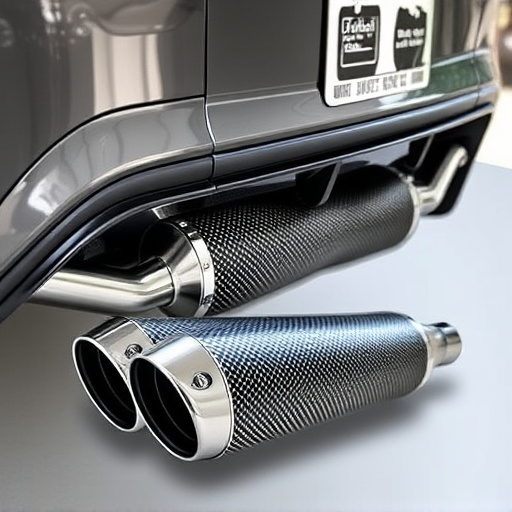
Before you begin your brake pads and rotors replacement project, it’s crucial to gather all the necessary tools and parts. This includes a set of high-quality brake pads designed for your vehicle make and model, as well as new brake rotors that match the specifications of your existing ones. Don’t forget to grab some basic tools such as jack stands, wrenches, screwdrivers, and a torque wrench. Proper safety equipment like gloves and eye protection is also essential.
Additionally, consider having some spare brake components on hand for any unexpected repairs. While you’re at it, checking your vehicle’s suspension kits and muffler tips can be beneficial, as these parts often work in harmony with your brakes to ensure optimal performance and safety. Remember, a well-stocked toolkit will make the replacement process smoother and more efficient, allowing you to tackle the job like a pro.
Safely Jack Up and Secure the Vehicle
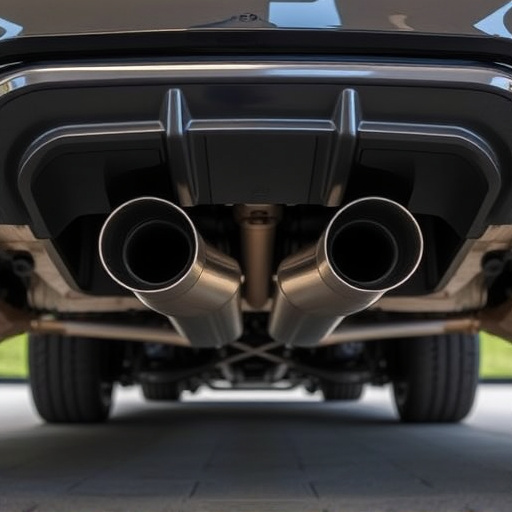
Before you begin replacing your brake pads and rotors, ensuring your vehicle is securely lifted and stable is paramount. Start by engaging the parking brake and placing wooden chocks behind all four tires for added safety. Next, use a reliable jack to lift the car, making sure it’s supported on sturdy jack stands for maximum stability. Position the stands correctly – they should be placed at designated lift points, as specified in your vehicle’s manual. Once lifted, carefully remove any wheel covers or hubs caps and assess the condition of your rotors. This crucial step ensures you’re working with reliable components and aids in identifying potential issues that might require attention beyond replacing pads and rotors.
Remember, safety should always be your top priority when working under a car. Double-check that the vehicle is secure before proceeding to the next steps. Properly secured, you can now focus on replacing your brake pads and rotors with confidence. Keep in mind that modern vehicles often come equipped with performance air filters and exhaust mufflers – components that enhance both braking efficiency and engine performance, respectively – which can be considered as part of maintaining a well-rounded automotive care routine.
Install New Brake Pads and Rotors Step-by-Step
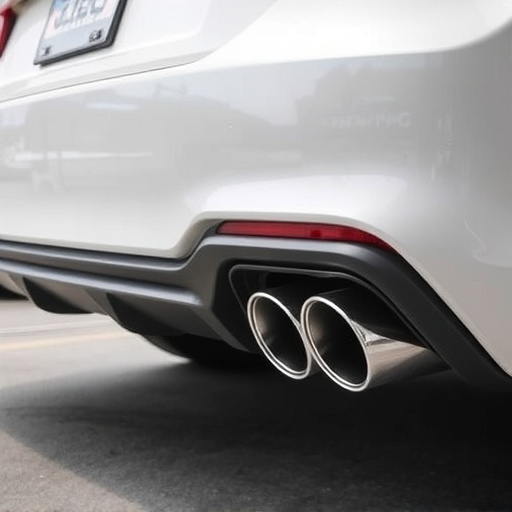
Installing new brake pads and rotors is a task many car enthusiasts can take on themselves to enhance their vehicle’s performance and safety. Here’s a straightforward guide to ensure the job is done right. Begin by raising the vehicle using jack stands, ensuring it’s stable and secure. Remove the old pads and rotors, being mindful of any retaining clips or bolts. Inspect the brake discs for wear or damage; if they’re in good condition, you can proceed with the new parts installation.
Next, install the new brake pads, lining them up correctly with the brake calipers. Once in place, secure them with the appropriate fasteners. Then, fit the new rotors, ensuring they’re properly seated and aligned. Lower the vehicle, double-check all hardware is tight, and test the brakes gently to ensure smooth operation. This step-by-step approach allows for a successful upgrade, improving both your vehicle’s stopping power and overall performance, while also giving you the satisfaction of completing a DIY project. Remember, proper maintenance contributes to safer driving experiences.
Brake pads and rotors are essential components of your vehicle’s safety system. By learning how to install them like a pro, you can ensure optimal braking performance and extend the life of your brakes. With the right tools, knowledge, and these simple steps, you’ll be able to replace your brake pads and rotors with confidence, saving time and money while keeping your vehicle safe on the road.




